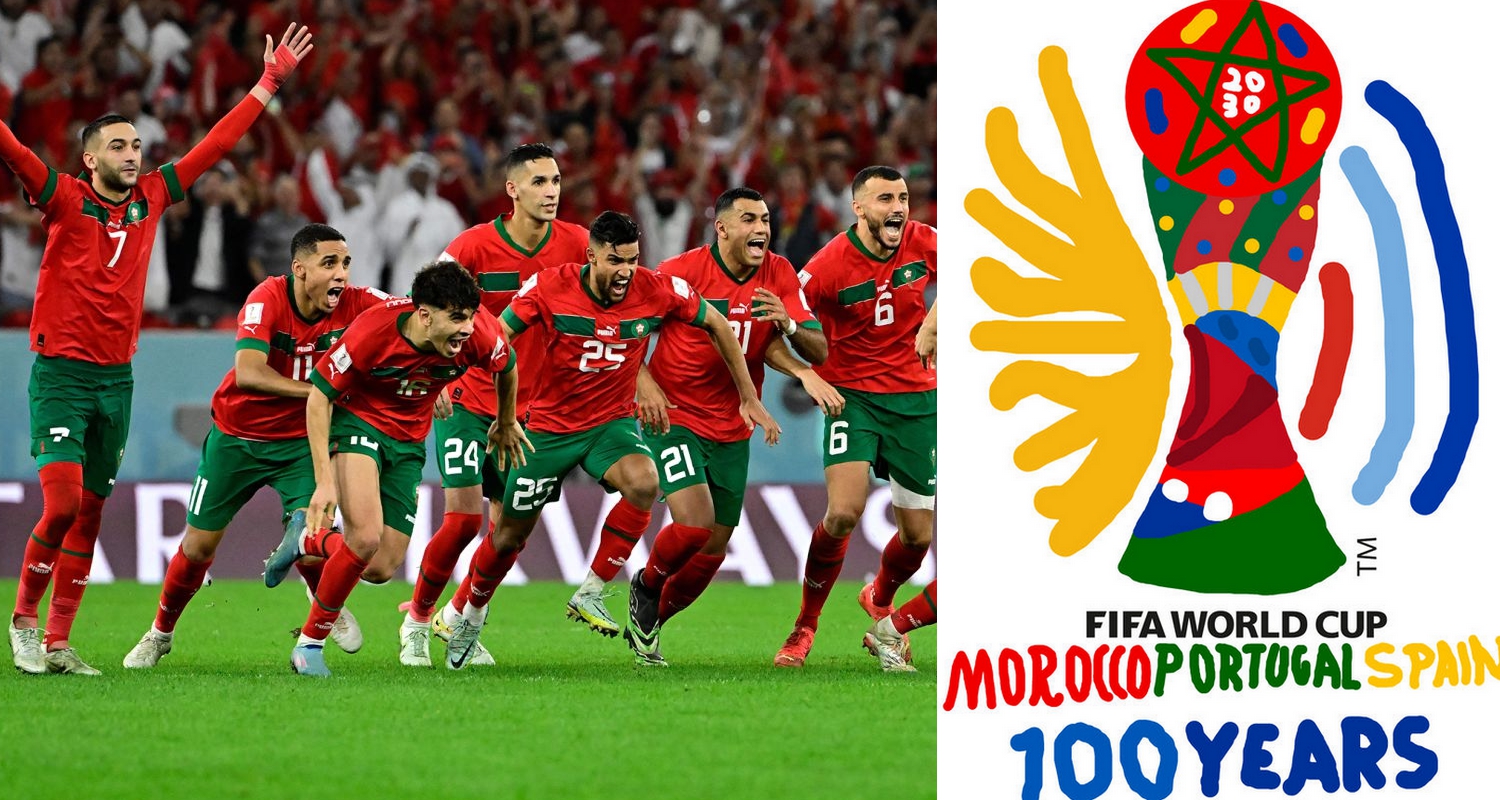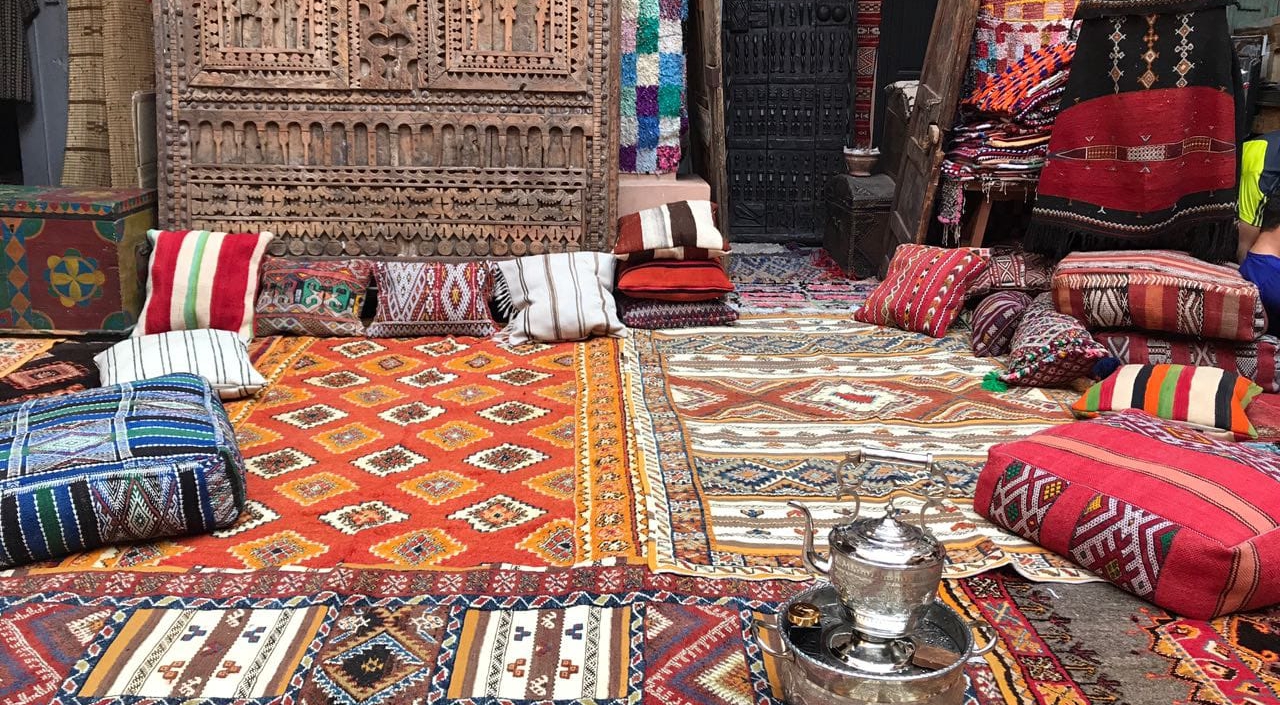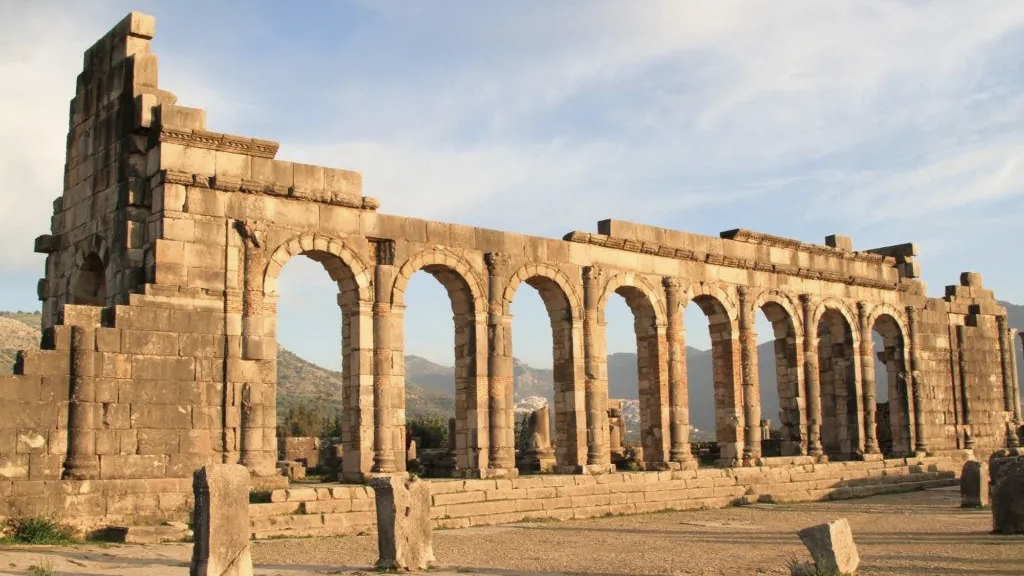Morocco’s tourism industry is riding high after a record-breaking 2023, and the North African nation is setting its sights even higher with the co-hosting rights for the 2030 FIFA World Cup looming on the horizon. With over 14.5 million tourists visiting the country in 2023, Morocco surpassed pre-pandemic levels and generated a staggering 10 billion euros in revenue. According to the Ministry of Tourism, France remains the top source in the market, accounting for over 34% of visitors. This success is attributed to a strategic investment of 600 million euros by the Moroccan government, showcasing their commitment to the tourism sector’s growth. However, Morocco’s ambitions extend beyond immediate gains. The co-hosting bid for the 2030 World Cup, alongside Spain and Portugal, presents a “huge opportunity for tourism,” Minister of Tourism Fatim-Zahra Ammor said in a keynote speech at the The Syndicat des Entreprises du Tour Operating (SETO) forum in Rabat. The annual forum of The SETO brought together 150 tourism professionals from Wednesday 24 to Friday 26 April 2024 in Rabat. “This event will consolidate all ongoing plans and projects,” echoed Adel El Fakir, director of the Moroccan National Tourism Office at the SETO forum. The World Cup serves as a massive marketing tool, with Morocco’s impressive performance in the 2022 tournament already generating significant interest among potential visitors. The prospect of hosting this global spectacle is driving infrastructure investments in accommodation, roads and airports. SETO recently selected Morocco and its capital Rabat to host its 14th Forum, emphasizing on the country’s status as a preferred destination among tour operators. Also at the forum, René-Marc Chikli, president of the Syndicate, and Hervé Tilmont, general manager, voiced in a speech their unwavering support for Moroccofollowing the seismic event that shook Marrakech on September 8th, highlighting the resilience of the nation’s tourism sector. The country’s rich cultural tapestry, stunning landscapes, and growing tourism infrastructure position it to welcome a surge of international visitors in the coming years. © Morocco World News
In a speech delivered on Wednesday in Casablanca, Head of Government Aziz Akhannouch underscored the vital importance of craftsmanship for the preservation of Morocco’s material and immaterial heritage. Moroccan craftsmanship, according to Akhannouch, stands as a cornerstone of the national economy, contributing a substantial 7% to the GDP. Furthermore, it employs nearly 20% of the active population, and its exports recently surpassed the significant milestone of one billion dirhams between 2022 and 2023, experiencing an estimated growth of 7%. These remarks were made during the inauguration of the 8th edition of the National Craft Week (SNA). Akhannouch pointed out that the craft sector not only enhances the country’s tourist appeal but also represents nearly 10% of foreign exchange tourist revenues. Highlighting the government’s ongoing efforts, the Prime Minister spoke of initiatives aimed at structuring the sector and enhancing the competitiveness of artisans who play a crucial role in passing down their skills from generation to generation, thus safeguarding the rich cultural heritage. To support artisans, the government has implemented legal and regulatory measures, including the framework law 50-17 on craft activities. Additionally, the creation of the National Craft Registry has seen the enrollment of over 389,000 artisans, and the introduction of Mandatory Health Insurance, benefitting more than 641,000 individuals, further demonstrates the government’s commitment to the well-being of artisans. The Moroccan prime minister went on to outline the government’s additional support through programs focused on improving artisanal production, market knowledge, and export orientation. Notable efforts include the establishment of centers of excellence for sectors such as carpets and pottery. Certification programs and quality labels have also been introduced, with more than 69 collective brands. Akhannouch highlighted a 55% increase in the number of enrollees in training establishments, indicating a proactive approach in preparing the next generation of skilled artisans. The Prime Minister reiterated the executive’s steadfast commitment to developing mechanisms for training the next generation of artisans, modernizing the craft sector, and addressing challenges such as competitiveness, digitization, inclusion, and youth integration. Akhannouch praised the organization of the National Craft Week, describing it as a crucial event that brings together stakeholders in the sector to consolidate achievements, showcase capacities, and address ongoing challenges. The 8th National Craft Week, organized by the Ministry of Tourism, Crafts, and Social and Solidarity Economy, under the High Patronage of HM King Mohammed VI, has attracted more than 350 participants from twenty different countries, further confirming the international appeal of Moroccan craftsmanship.
The United Nations Educational, Scientific and Cultural Organization (UNESCO) World Heritage Sites are places of importance to cultural or natural heritage as described in the UNESCO World Heritage Convention, established in 1972. Cultural heritage consists of monuments (such as architectural works, monumental sculptures, or inscriptions), groups of buildings, and sites (including archaeological sites). Natural features (consisting of physical and biological formations), geological and physiographical formations (including habitats of threatened species of animals and plants), and natural sites which are important from the point of view of science, conservation, or natural beauty, are defined as natural heritage. The Kingdom of Morocco accepted the convention on 28 October 1975, making its historical sites eligible for inclusion on the list. There are nine World Heritage Sites in Morocco, all selected for their cultural significance. Morocco’s first site, Medina of Fez, was inscribed on the list at the 5th Session of the World Heritage Committee, held in Paris, France in 1981. The most recent inscription, Rabat, Modern Capital and Historic City: a Shared Heritage, was added to the list in 2012. In addition, Morocco maintains a further 13 properties on the tentative list. Morocco has served on the World Heritage Committee twice. Site Location (region) Year listed Description Medina of Fez Fès-Meknès 1981 Fez was founded in the 9th century, reached its apogee as the capital of the Marinid Sultanate in the 13th and 14th centuries, and remained the capital of the country until 1912. The medina is one of the most extensive and best-preserved old towns in the Muslim world. The main monuments date to the medieval period and include mosques, madrasas, palaces, and fountains. Medina of Marrakesh Marrakesh–Safi 1985 Marrakesh was founded in the 1070s as the capital of the Almoravid dynasty. It later became the capital of the Almohad dynasty, until the 13th century when the capital was moved to Fez. There are numerous monuments in the city including the Koutoubia Mosque (pictured), Jemaa el-Fnaa square, El Badi Palace, Bahia Palace, Saadian Tombs, several mosques, and madrasas. The medina remains a living town, preserving its traditional architecture, crafts, and trades.[8] Ksar of Ait-Ben-Haddou Drâa-Tafilalet 1987 Ait-Ben-Haddou is a ksar, a fortified village, a representative example of a settlement in southern Morocco. It was located on a trans-Saharan trade route. Earthen buildings are packed close together and defensive walls are fortified by towers at the corners. Some of the houses are decorated with motifs in clay brick. The earliest buildings of Ait-Ben-Haddou date from the 17th century although the construction techniques were already present in earlier periods in the region. Historic City of Meknes Fès-Meknès 1996 Meknes was founded in the 11th century by the Almoravids. In the 17th century, Sultan Moulay Isma’il ibn Sharif of the Alawi dynasty made it his capital and commissioned substantial construction projects, including monumental defensive walls and ramparts and the Kasbah of Moulay Ismail. The city layout incorporates both Islamic and European aspects of architecture and town planning. Bab Mansur al-‘Alj is pictured. Archaeological site of Volubilis Fès-Meknès 1997 Volubilis was founded in the 3rd century BCE as the capital of Mauretania. It was then an important Roman outpost and in the 8th century briefly the capital of the Idrisid dynasty. Afterwards, the site was not occupied for nearly a thousand years. This resulted in remains having been well preserved, making Volubilis one of the richest sites for archeology in North Africa. The remains demonstrate the interactions of different cultures of the Mediterranean through centuries. A mosaic from the Roman period is pictured. A minor boundary modification took place in 2008. Medina of Tétouan (formerly known as Titawin) Tanger-Tetouan-Al Hoceima 1997 Located just south of the Strait of Gibraltar, Tétouan served as the connection point between Morocco and Andalusia from the 8th century onward. Following the Reconquista, it was rebuilt by refugees expelled by the Spanish, and the Andalusian influence is clearly visible in arts and architecture. In the following centuries, it served as the meeting point between the Spanish and Arab civilizations. The medina quarter is among the smallest in Morocco but it is well preserved. Medina of Essaouira (formerly Mogador) Marrakesh-Safi 2001 Essaouira was founded by the Alawi Sultan Mohammed ben Abdallah in the second half of the 18th century, with the aim of establishing a major port and trading centre. The city was designed by French architects who followed the principles of French military engineer Marquis of Vauban. In the late 18th and 19th centuries, Essaouira was one of the major Atlantic trading centres between Africa and Europe. Today, the city mainly preserves its European appearance. Portuguese City of Mazagan (El Jadida) Casablanca-Settat 2004 In the early 16th century, the Portuguese built the fortified colony of Mazagão as one of the stops on the route to India. They kept it until 1769. The city fortifications followed the principles of Renaissance military engineering, with a star fort plan. Inside the walls, several historic buildings have been preserved, including the Manueline Church of the Assumption and the cistern. Rabat, Modern Capital and Historic City: a Shared Heritage Rabat-Salé-Kénitra 2012 Rabat was rebuilt as the capital of the French protectorate from 1912 to the 1930s. The city is a good example of early 20th century urban planning and is one of the biggest and most ambitious urban projects of the period in Africa. The modern city integrates the buildings from the earlier periods, including the 12th century Kasbah of the Udayas (walls pictured), Hassan Tower, and the Almohad walls and ramparts.



